Editorial: Oregon Set to Implement Pay-As-You-Go Road Taxes

Oregon governor Ted Kulongoski’s recently released transportation plan brags of creating jobs to build roads and bridges. But its main focus: making sure those roads won’t be used. The plan talks about “congestion,” “bottlenecks,” “greenhouse gas,” “carbon,” “green standards,” “non highway programs” and “incentive programs designed to reduce the number of cars on our roads.” To realize this vision, Kulongski and his supporters have to reinvent the wheel, or, more precisely, the tax on those wheels.
People are driving less and using more fuel efficient vehicles. It’s only a matter of time before alternative propulsion vehicles like hybrids and EVs account for a significant chunk of Oregon’s registered automobiles. You’d think Kulongoski and the state’s environmentally-minded politicians would be happy. Ecstatic. But the Beaver State’s fuel taxes states pay for its transportation funding. The less diesel and gasoline drivers buy, the less tax revenue for the state.
So how do you get people to drive less AND pay more for the privilege? Tax them by the mile. That way, the state can monitor and manipulate the per mile rate to generate sufficient tax revenue to cover their green dreams– no matter how efficient the taxpayers’ personal transportation.
Last year the Oregon Department of Transportation announced a successful demonstration of a GPS-based system. It tracks individual car’s movements, measures their mileage, calculates a fee and generally enables bureaucrats to collect “mileage taxes.” Now Gov. Kulongoski wants implement that system.
“The Governor proposes continuing the work of the Road User Fee Task Force – which will begin to partner with auto manufacturers to refine technology that would enable Oregonians to pay for the transportation system based on how many miles they drive.”
The idea is hardly new; pay-as-you-go has been the darling child of the greenhouse gas gang for some time. Several European countries use tracking software to tax commercial trucking. London’s congestion charge is another form of the system. And despite public opposition, the UK government seems hell bent on “road pricing.”
Nor is Oregon’s desire to monitor motorists unique within the United States. To wit: the California Air Resources Board’s OBD-II (On-Board Diagnostics) regulations for carmakers.
The California standards mandate that OBD-II computers diagnose and record problems with cars’ emissions systems. Technicians download the data at inspection time. To more efficiently test cars and identify the vehicles that are polluting, California has upped its game. OBD-III specs seek to link on-board emissions diagnostic data with telemetry. Cars remotely identified as polluters would be flagged for testing.
The original idea was to have road-based sensors, so that drivers could be notified to bring their cars in for testing and repair. Of course, satellite based technology is more practical now.
When OBD-III was first announced, the implications for privacy and possible Fourth Amendment violations were obvious. With the threat of global warming enjoying mainstream acceptance, there’s little chance that these fears will prevail over arguments claiming the primacy of “the greater good.” After all, it’s “for the children.” And the future of our planet.
But even cloaked in a mantle of green advocacy, there’s no question that OBD-III, like road pricing, is the slippery slope to a world where all motorists’ movements are monitored, recorded and analyzed.
Obviously, we can’t stuff the technological genie back in the bottle. Police departments routinely use cell phones to track suspects, greatly increasing law enforcement’s effectiveness and providing invaluable assistance during abductions. But there are legal requirements for that procedure; laws that protect cell phone owners from indiscriminate/random search and seizure.
It’s also true that “black box” on-board electronics now record your speed, g-forces, acceleration, air bag deployment and more. In some states, the police can seize that information pursuant to a criminal investigation, with or without your permission. But again, it’s post-facto. The police have determined that a crime may have been committed.
In contrast, California wants all cars to tell them if they’re polluting, at any time they choose; without prior notice, a court order or a presumption of innocence. Oregon wants all cars to report to the treasury department. Where will it stop?
Perhaps along with your tax bill, Gov. Kulongoski will send you an invoice for traffic violations, such as speeding or improper tire inflation. Since red light cameras can issue violations without a complaining officer, this seems like the next logical step.
The English, who are now the most surveilled nation on planet earth, have been justifying the proliferation of license plate, facial recognition and street cameras with “if you’re not doing anything wrong you have nothing to worry about” for decades. Meanwhile, America was founded on the principle that the government poses the greatest threat to personal liberty. Which is true, if technologically irrelevant.
Oh, and Gov. Kulongoski also wants to raise the state’s gas tax by two cents a gallon.

Ronnie Schreiber edits Cars In Depth, the original 3D car site.
More by Ronnie Schreiber
Latest Car Reviews
Read moreLatest Product Reviews
Read moreRecent Comments
- Lorenzo I'd actually buy another Ford, if they'd bring back the butternut-squash color. Well, they actually called it sea foam green, but some cars had more green than others, and my 1968 Mercury Montego MX was one of the more-yellow, less-green models. The police always wrote 'yellow' on the ticket.
- ToolGuy Some of my first cars were die-cast from pot-metal in 2 pieces: body-in-white plus chassis. I spray-painted some of them, the masking was a pain. The tires did burn realistically.
- Vulpine Tesla has NOT said they're scrapping the Gigacasting process, but they have also said they wouldn't cast a one-piece body. The concept is to have a total of 5 main pieces: Nose clip, tail clip, 2 sides and belly. They're already using the first two and the sides are not necessarily going to be castings. The belly casting, however, is being delayed as the battery technologies are changing far too quickly to lock into any one fixed design as the battery packs themselves are currently consisting of at least three different types based on the cells being used within them. It's a matter of convenience for the company to let the technologies stabilize somewhat before locking in on a specific design.
- MaintenanceCosts I've never prioritized color when looking for a car, but there are usually some colors (particularly bright reds and refrigerator whites) that I just won't accept.That said, one of my cars gets parked outside in a city environment, and it's silver, and that's good because silver does not complain too much when oxidized to he!l. The brown BMW is neat because there aren't many brown BMWs, and the green Legend is historically correct because the mid-'90s meant green.
- ToolGuy • Black vehicles and dark interiors burn more petrol and are bad for the planet (look it up, I'm not gonna hold your hand on this one lol).• If your current vehicle was new when you took delivery, and you didn't get EXACTLY the color you wanted (blithely accepted what was foisted on you by the dealer), shame on you. You are the problem with today's franchise system. In future, please notify the dealer that your policy is to collect a Non-First-Choice Paint Upcharge in such a circumstance. I recommend $1200.• Also, fine-thread drywall screws (in wood) waste electricity (and time). When I am President of the Universe, fine-thread drywall screws will be banned in favor of the more environmentally- and wallet-friendly coarse-thread variety. (Again, you can work out the reasons but I am absolutely correct.)

















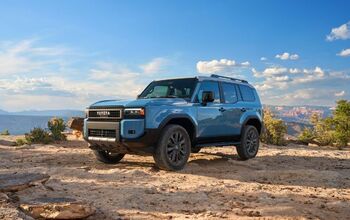
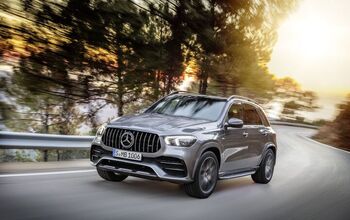
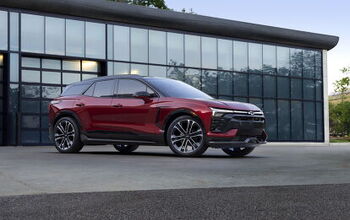



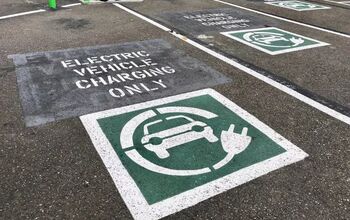
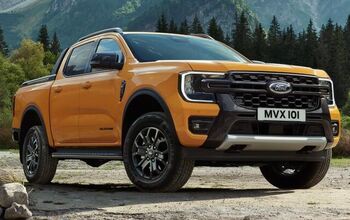
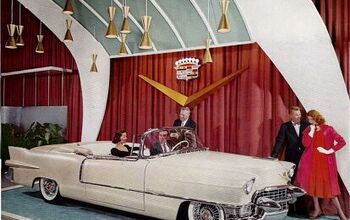
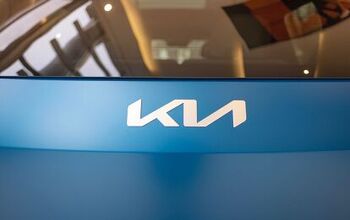
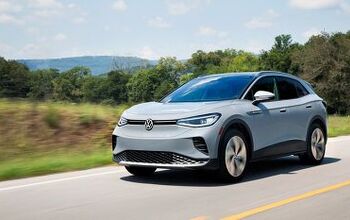
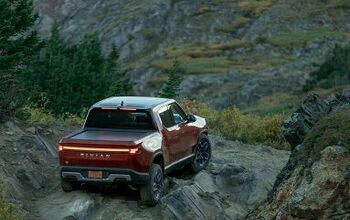
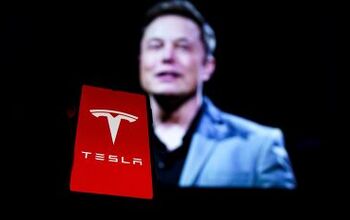




Comments
Join the conversation
California has, or at least used to have, a simple way to offset lost fuel taxes from all-electric cars, a surcharge on the annual registration fee. No system is perfectly fair, but that one is at least simple and non-intrusive.
[...] has been tracking and criticizing attempts at pay-per-mile taxation (both state and federal) since at least 2007, and because [...]